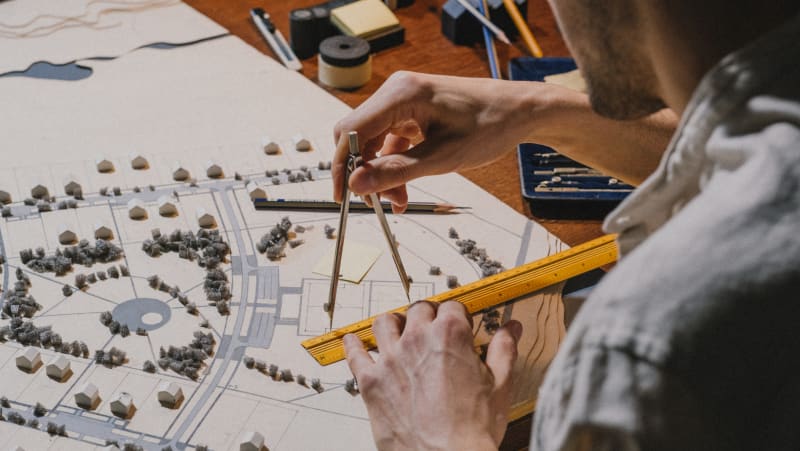Much like the physical, the digital world thrives on structure and design. In the realm of website and application development, Information Architecture (IA) and User Interface (UI) Design are the twin pillars that uphold the user experience.
This blog post delves into the nuanced relationship between IA and UI, dissecting how they individually and collectively shape a user's journey.
Understanding what is IA & UI
Information Architecture: At its core, Information Architecture refers to the structuring and organizing information within digital products. Think of IA as the blueprint of a building – it outlines the framework and flow of data, ensuring that users can find what they are looking for with ease and efficiency. It deals with categorizing information, navigation systems, and how content is interlinked within a digital ecosystem.
User Interface Design:
on the other hand, UI Design is about the tangible elements that users interact with. It involves the design of each screen, button, icon, and other visual components. UI is the bridge that connects the user to the machine, focusing on aesthetics and ensuring that the interaction is intuitive, engaging, and accessible.
The Interplay Between IA and UI
- Foundation vs. Facade:
IA provides the foundation upon which UI is built. Even the most beautifully designed interfaces can become confusing and ineffective without a well-structured IA. IA ensures a logical flow to the navigation, which UI then dresses up in visually appealing and interactive elements.
- User-Centric Approach:
Both IA and UI prioritize the user's experience. IA does this by simplifying the search and retrieval of information, while UI enhances the user's interaction with that information. A user-centric approach in both disciplines ensures a seamless and satisfying user journey.
- Clarity and aesthetics:
IA aims for clarity in the organization of information, which is then complemented by UI's focus on aesthetics. The goal is to create a beautiful interface that makes sense to the user.
Challenges and Considerations
- Balancing Form and Function:
One of the biggest challenges in marrying IA and UI is balancing aesthetic appeal with functionality. The design should not overpower the content, and the architecture should be simple with the structure.
- Consistency:
Consistency in design elements and navigational structures across the platform is crucial. It helps in building user intuition and reduces the learning curve.
- Accessibility and Inclusivity:
Designing for a diverse audience means ensuring that both IA and UI are accessible and inclusive. This includes considering color contrasts in UI and logical structuring in IA for screen readers and other assistive technologies.
Best Practices
- User Testing:
Regular user testing at different stages of development can provide valuable insights into both IA and UI effectiveness.
- Responsive Design:
Ensuring that UI designs are responsive and adaptable to various screen sizes without losing the integrity of the IA structure.
- Feedback Loops:
Implementing feedback mechanisms to refine the architecture and the interface continually.
The synergy between Information Architecture and User Interface Design is fundamental to creating digital products that are not only functional but also delightful to use. By understanding and respecting the roles and impacts of both, designers and developers can craft experiences that resonate with users and stand the test of time.
The ultimate goal is to build digital spaces where structure meets creativity and efficiency meets aesthetics – a harmonious blend that defines the success of any digital product.
Also for anyone looking for some additional resources, here is one of the articles that I found interesting:
- What is Information Architecture and How It Benefits UX Design?




Top comments (0)